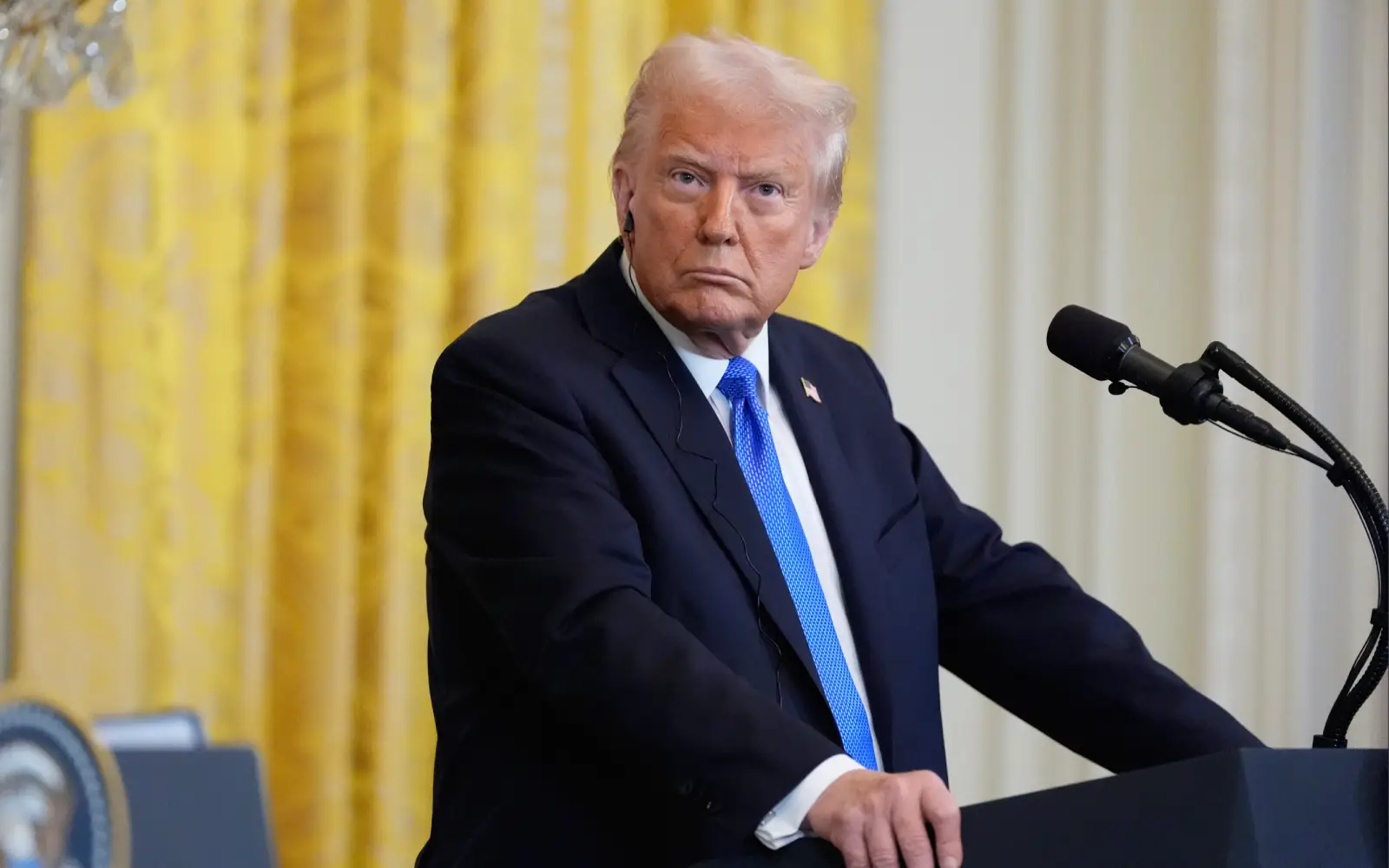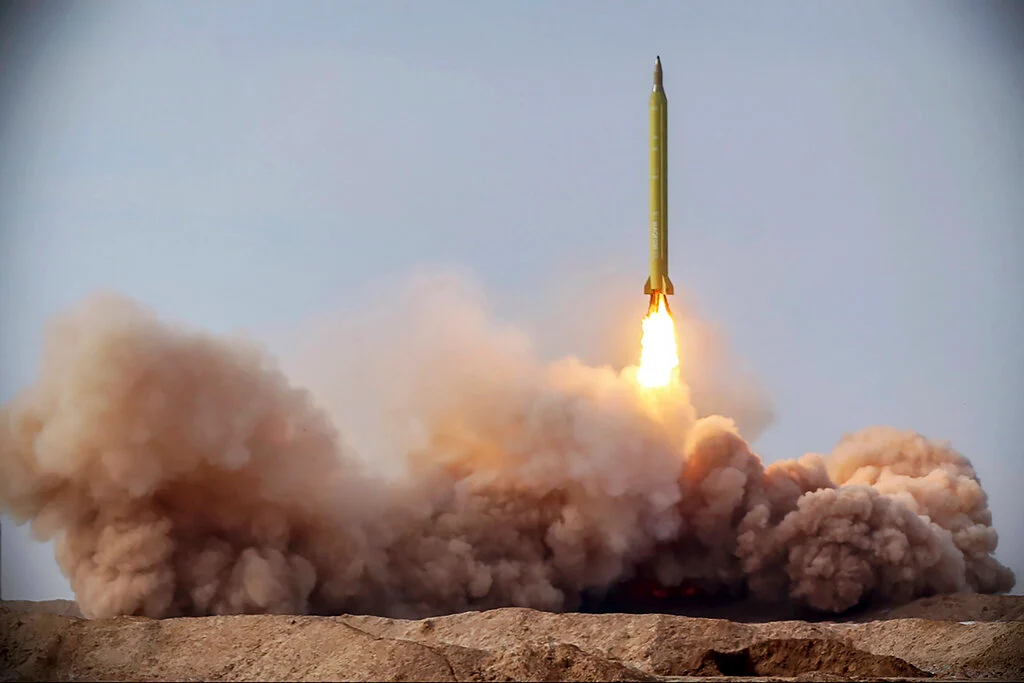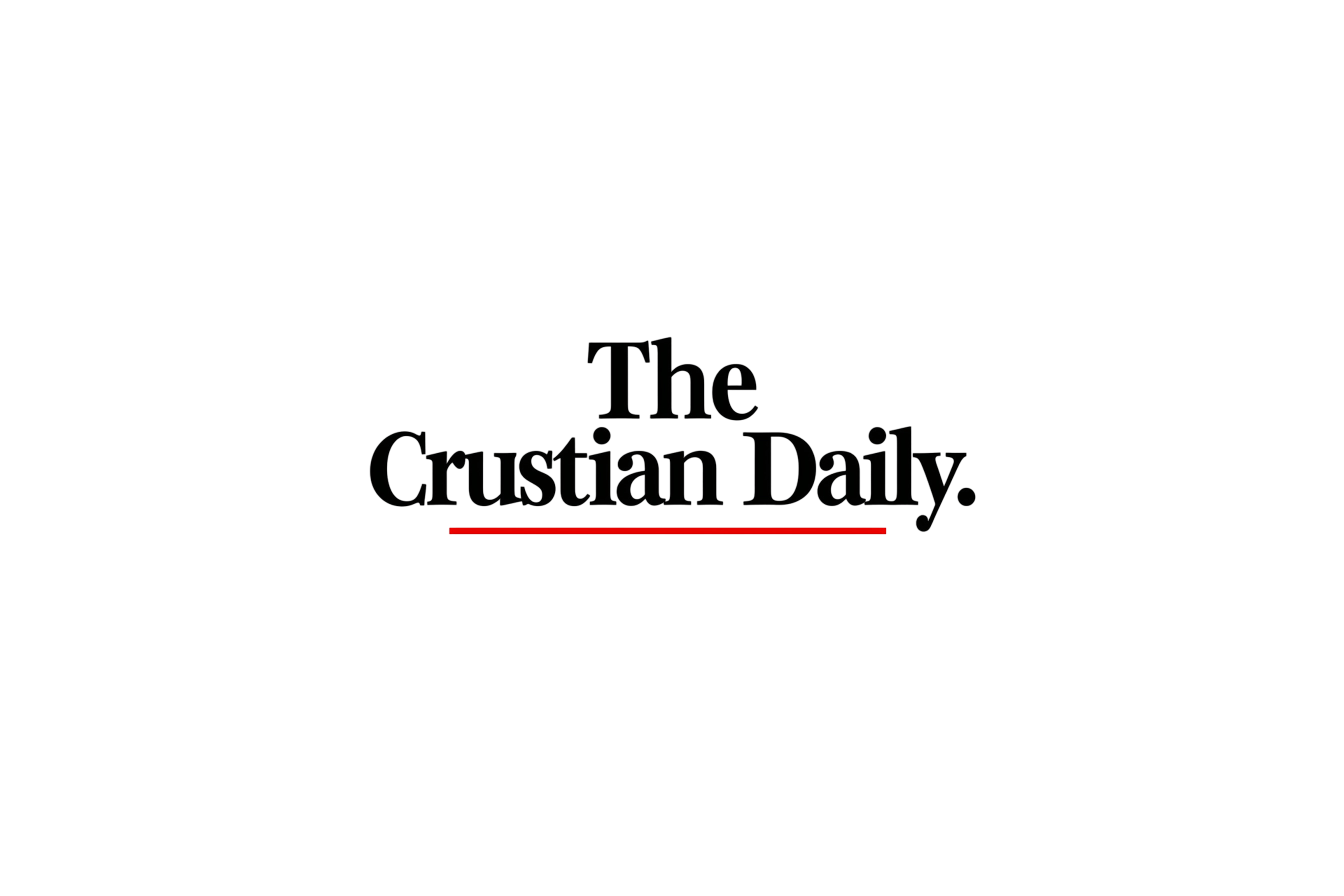History doesn’t repeat itself, but it often rhymes. As democratic institutions buckle under pressure, and authoritarian rhetoric seeps into public discourse, the media – the institution meant to safeguard democracy – often stands at a dangerous crossroads. In the final years of Germany’s Weimar Republic, media outlets allowed fascist ideologies to ferment and normalize. Today, in the United States, a similar failure is unfolding. This piece explores how structural and editorial decisions in American media are mimicking the fatal errors that once enabled the rise of Nazism.
False Equivalence: Journalism’s Fatal Flaw
One of the most striking parallels between the media of Weimar Germany and today’s United States is the tendency to present political extremism as one side of a legitimate debate. In the 1920s and early 1930s, German newspapers and radio programs gave airtime to Nazi officials and fascist ideologues without proper critique. The guise of “objectivity” and “balanced reporting” meant that ideas like anti-Semitism, ethnic nationalism, and authoritarianism were granted an unearned legitimacy.
In contemporary America, this manifests in bothsidesism: the journalistic instinct to weigh a violent insurrection against a peaceful protest as equal events deserving equal scrutiny. When CNN panels and major op-eds give the same weight to climate denial as they do to scientific consensus, or treat white nationalist talking points as mere conservative rhetoric, they echo the passive complicity that characterized the fall of Germany’s democracy.
Normalization of Extremism
In the Weimar era, Adolf Hitler was initially treated as a fringe crank, a political nobody whose ideas were too absurd to take seriously. But repeated media exposure, without challenge or satire, made his presence familiar and his ideas less shocking. By the time journalists began to challenge him, it was too late.
American media made a similar miscalculation with Donald Trump. Treated at first as a spectacle, Trump received billions in free airtime because he generated ratings. What was dismissed as bombast or entertainment became a normalization of lies, racism, and open attacks on democratic norms. The result is a media landscape where anti-democratic views are not just tolerated, but expected for the sake of engagement.
Weimar media, like today’s, operated under immense financial pressure. Sensationalism sold. Outlets that stuck to reasoned reporting often failed economically while tabloids flourished. Today’s equivalent is the click economy. Outrage generates traffic; traffic generates revenue.
Mainstream media, desperate for viewers in a fractured attention economy, leans into rage-inducing content and partisan drama. Entire platforms like Fox News, and increasingly social media algorithms, optimize for anger. The public is left misinformed, divided, and manipulated – not unlike the German public of the 1930s, many of whom did not fully grasp what the Nazis intended until it was far too late.
Silencing of Dissent and Alternative Voices
In the 1930s, leftist and dissenting voices in Germany were often ignored or actively suppressed. Socialists, communists, and progressive thinkers found themselves shut out of mainstream media discourse even before formal censorship began.
Today, dissenters, particularly left-wing and anti-establishment voices, are marginalized not through state censorship, but through corporate gatekeeping. Media consolidation in the hands of a few powerful corporations means that dissenting perspectives rarely make it to prime time. Figures calling for systemic change are often caricatured as radical or unserious, and corporate-friendly centrism dominates the narrative.
The Nazi regime heavily exploited Germany’s disillusionment with truth, reason, and the institutions of knowledge. Propaganda did not just create lies, it created a parallel reality. That was only possible because the groundwork had been laid by years of institutional mistrust.
In America today, the proliferation of disinformation, conspiracy theories, and manufactured realities has found a willing host in cable news, talk radio, and algorithm-driven social media. Even more dangerous is the growing acceptance among journalists that “objectivity” means parroting each side, no matter how unhinged.
When truth becomes negotiable, democracy loses its footing. And in both Weimar Germany and 21st-century America, truth has been the first casualty.
The Media as Spectacle Machine
Joseph Goebbels mastered the use of media spectacle. Nazi rallies, films, and mass propaganda events were tailored for emotional impact. The media stopped being a check on power and became a vehicle for it.
Modern American media, particularly TV news, is driven by spectacle. Cable outlets turn every press briefing into an event, every scandal into a binge-watchable drama. The Trump presidency, in particular, is consumed as entertainment, even as the democratic cost became catastrophic.
With a supposed birthday parade, and an upcoming Olympics being hosted by the Trump regime, we can expect the spectacle to continue. Beyond a simple continuation of nonsense spectacle, these specific events share a lot in common with Hitler’s wave of influence.
The Death of Local Journalism
In Weimar Germany, local journalism was often the first to fall, either through consolidation or suppression. Local accountability withered as national propaganda took hold.
The United States is experiencing its own local news collapse. Thousands of local papers have shuttered. What remains is often gutted, corporatized, or replaced with partisan outlets masquerading as news. The loss of local journalism means the loss of oversight, connection, and civic engagement,making communities more vulnerable to propaganda.
While Nazis used print and radio, today’s media leans heavily on social media to distribute content. Twitter, Facebook, and YouTube algorithms are optimized for engagement,not accuracy or safety. As a result, hateful, false, and extremist content spreads faster and further than truth.
American media often amplifies this by quoting or referencing hateful content under the guise of critique. But every retweet, every shocked reaction, reinforces the hate. Just as early German media repeated Nazi slogans in headlines, today’s outlets often spread dangerous rhetoric while pretending to oppose it.
This isn’t a call to panic – but it is a call to remember. Journalists and media outlets must understand that their role is not to center power, profit, or perform neutrality. It is to tell the truth, especially when that truth is uncomfortable.
Germany’s media didn’t see the end coming until it was too late. Many journalists fled, others stayed silent, and a few tried to resist from within. Today, American media still has a choice. It can remain complicit in the slow erosion of democracy,or it can stand as a bulwark against it.
But time is running out. And history is watching.
Author
Discover more from The Crustian Daily
Subscribe to get the latest posts sent to your email.













